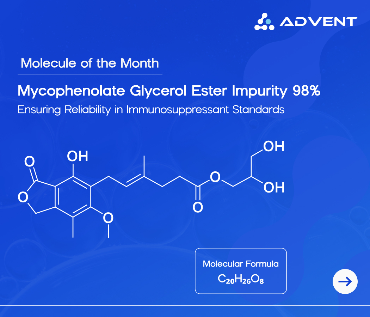Imagine you're running a state-of-the-art lab, investing in the best technology and skilled personnel. But despite the precision and hard work, your lab’s credibility is still questioned. Why? Because it lacks one crucial badge of trust — GLP certification.
In today’s regulated environment, obtaining a Good Laboratory Practice Certification isn’t just a technical requirement — it’s a signal of quality, integrity, and professionalism. Whether you're involved in pharmaceuticals, agriculture, chemicals, or biotechnology, GLP compliance helps elevate your lab’s value, credibility, and global standing.
If you’re wondering how GLP certification is done, this step-by-step guide walks you through every phase — from understanding the requirements to maintaining compliance. Let’s begin.
Step 1: What is GLP Certification? Understand the Requirements
Before implementing any changes in the facility or equipment, it is necessary to understand the Good Laboratory Practices guidelines. Dedicate a team that will research these guidelines in your company. Regulatory bodies such as the Food and Drug Administration often provide good laboratory practice guidelines. Visit the official websites of these regulatory bodies to obtain complete lists and detailed documents. If not available, the local offices of these regulatory bodies can provide thorough documentation.
When obtaining these documents, they should be thoroughly read, and the relevant guidelines should be identified. Not all guidelines may be applicable. Hence, the team should determine which policies are enforceable based on the types of study the laboratory performs. Additionally, industry-specific guidelines should also be identified.
Step 2: Analyse the Gap
If the laboratory is not set up and a new facility is being built, these guidelines can be used during the design and set-up stages to ensure compliance. However, a gap analysis must be performed if the facility is already functional.
This includes a detailed assessment of:
The current facility
All procedures used
Personnel appointed and their responsibilities
Equipment in use
Safety protocols
Compare these with GLP certification requirements to identify discrepancies. Document all gaps and compliant areas for further action.
Step 3: Develop or Update SOPs
Develop or update Standard Operating Procedures (SOPs) to ensure they align with good laboratory practice certification standards. SOPs should cover:
Study design
Sample handling
Equipment maintenance
Data recording and reporting
These SOPs should be:
Detailed and unambiguous
Accessible to all staff
Regularly reviewed and updated
Clear SOPs minimize misinterpretation and ensure laboratory quality assurance.
Step 4: Train Personnel
All laboratory personnel must be trained in accordance with GLP guidelines. Training should cover:
GLP principles
Role-specific procedures
Data handling protocols
Conduct assessments post-training. Provide retraining if needed and conduct regular knowledge checks to ensure up-to-date compliance.
Step 5: Update Facilities and Equipment
Evaluate the facility’s:
Environmental controls
Equipment calibration
Ventilation systems
Safety measures
If non-compliant, purchase or upgrade to meet GLP certification in India or global standards. Regular calibration and documentation are key. This step may require investment but is critical to quality and compliance.
Tip: Investing in GLP-compliant equipment is easier when you shop online from verified vendors in India.
Step 6: Establish a Quality Assurance Unit
Create an independent QA unit responsible for monitoring GLP certification compliance. Their tasks include:
Conducting internal audits
Reviewing SOP adherence
Recommending corrective actions
Properly documented audit reports are essential to securing and maintaining GLP compliance.
Step 7: Implement a Robust Data Management System
Set up secure systems for:
Data collection
Storage and backup
Retrieval and review
Your software should include:
Access control
Electronic signatures
Audit trails
Choose only licensed, secure software that meets GMP GLP certification requirements.
Step 8: Perform Internal Audits
Before applying for external certification, conduct a full internal audit to identify any last-minute issues in:
Facility standards
Data integrity
SOP implementation
Fix gaps early to improve your chances of passing the external audit.
Step 9: Apply for External Audits and Certification
Once your internal audit is successful, contact a regulatory body offering GLP certification in India or globally. Submit your application. Auditors will inspect your:
SOPs
QA reports
Training records
If everything is in order, your lab will receive Good Laboratory Practice Certification.
Step 10: Maintain the Certification
GLP isn’t a one-time checklist. Maintain certification by:
Reviewing SOPs regularly
Re-calibrating equipment
Retraining personnel
Ongoing compliance protects your lab’s credibility and market position.
Summary Table: GLP Certification Journey
Ready to Get Certified?
By following these ten steps, any lab can secure GLP certification and elevate its standards. This certification doesn’t just prove compliance—it enhances your credibility and business prospects.
If you want professional help with the certification process, equipment upgrades, or documentation, reach out to us at Advent. We can guide you through the process — whether you’re just starting or preparing for audits.
If you want professional help with the certification process, equipment upgrades, or documentation, reach out to us at Advent. We can guide you through the process — whether you’re just starting or preparing for audits.




